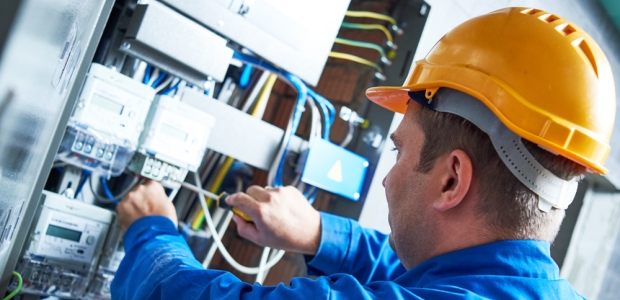
2017 NEC Effective in Minnesota Starting July 1
Requests for Electrical Inspection (electrical permits) filed with DLI on or after July 1, 2017, are subject to the provisions of the 2017 NEC, and electrical license examinations also are based on the requirements of the 2017 NEC.
The Minnesota Department of Labor and Industry is alerting its stakeholders and others that the 2017 National Electrical Code (NEC) was adopted by the Minnesota Board of Electricity with an effective date of July 1, 2017. Requests for Electrical Inspection (electrical permits) filed with DLI on or after July 1, 2017, are subject to the provisions of the 2017 NEC, and electrical license examinations also are based on the requirements of the 2017 NEC.
Chapter 1315 of the state building code adopts a national standard for the installation of electrical wiring, apparatus, and equipment for electric light, heat, power, technology circuits and systems, and alarm and communication systems. Minnesota's electrical code consists of the NEC as published by the National Fire Protection Association.
A Frequently Asked Questions document, a residential inspection checklist, and additional resources from the department are available here.
The FAQ document, for example, explains that the new requirement for GFCIs in other-than-dwelling units in NEC 210.8(B) applies to all receptacles connected to branch circuits rated 150-volts to ground or less. "New code rules have expanded the GFCI requirements to include other-than 15- and 20-amp 125-volt applications and now apply to all single-phase receptacles ≤150 volts and ≤50 amps and three-phase receptacles ≤150 volts and ≤100 amps. The change encompasses 'other than dwelling structures' only. The GFCI protection in NEC 210.8(B) requirement would not include the receptacles addressed specifically in NEC Chapters 5, 6 and 7 which can modify or supplement the Chapter 2 requirement," the document explains.